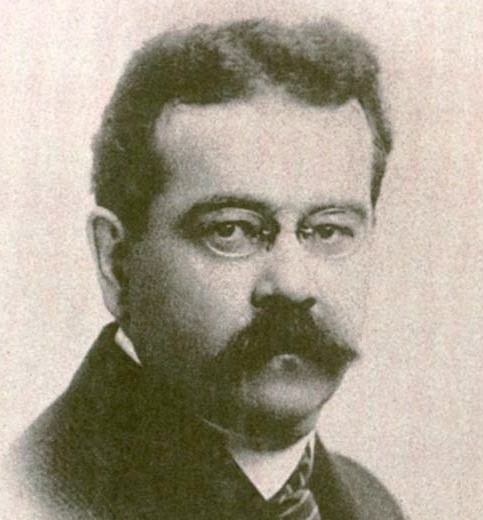Follow-up on previous piece:
A recent report has lent credence to the idea leopards are stealthily roaming around rural areas.
Findings by Professor Robin Allaby, a biologist at the University of Warwick, suggest big cat DNA has been identified on a sheep carcass in Cumbria.
For years there have been a handful of sightings reported in the region. But is this DNA finding finally the definitive proof we need?
We talked to Prof Allaby about his findings, the science involved and how confident he is about his results.
Prof Allaby said he was relatively confident the sample had not been faked for two main reasons.
Mr Minter has long been sending him samples and was always disappointed by Prof Allaby’s analysis revealing the DNA belonged to a fox or a dog.
Secondly - very little DNA was present on the sample, he said.
“If this were a fake, I would expect plenty of DNA to be present in order that we would be sure to find it,” he said.
“It would be very difficult to plant just a few molecules with any finesse – I don’t think I could do it, let alone a lay person.”
However due to such a small of DNA present, Prof Allaby said there was not enough information to determine what type of big cat it came from.
He said more samples were needed before he could definitively say a big cat roamed Cumbria.
“[However] on the balance of probabilities, I think this a genuine hit,” he said.
He added that he did not believe there was enough data to publish a paper on his findings yet.
But Dr Egil Droge, a researcher in predator-prey relationships at the University of Oxford, is more sceptical of the findings.
He said if there really was a big cat in Cumbria, “where has it gone?”
"There haven’t been any good photos of big cats from the area, not a spray of reports of killed sheep.
“I would like to see more, and repeated, convincing evidence,” he said.



[insert reference to Betteridge’s law here]